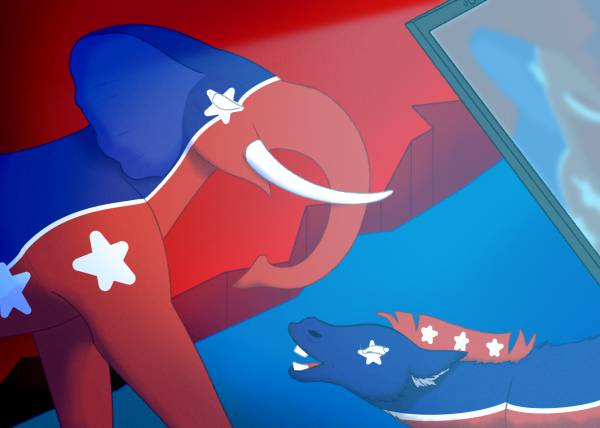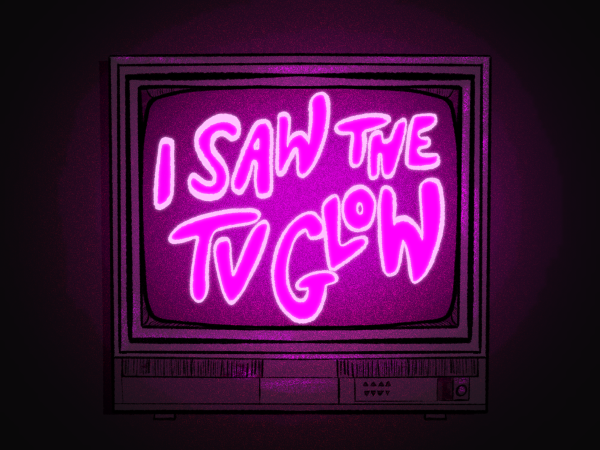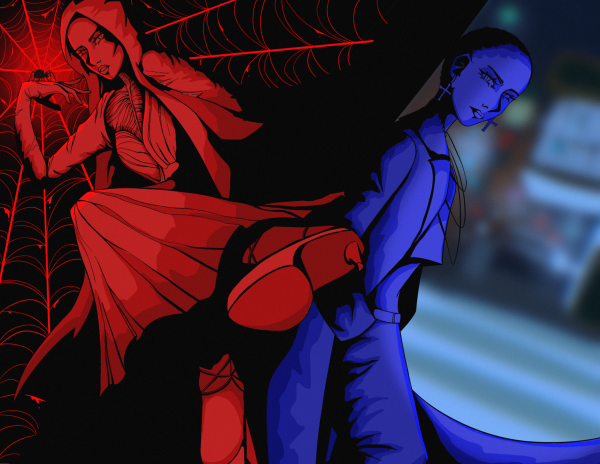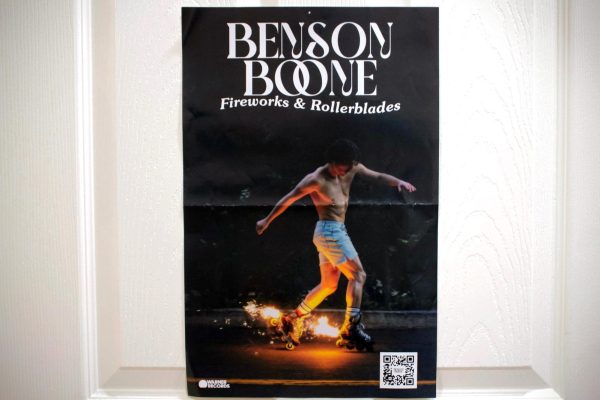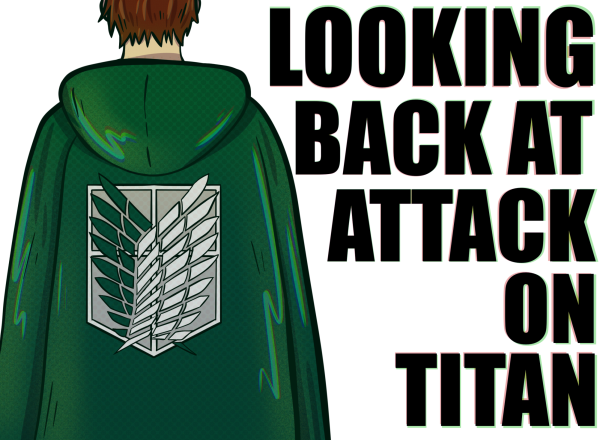“Kill Anything That Moves” exposes uncomfortable truths about Vietnam War
February 21, 2019
In a Supreme Court decision ruling in favor of the New York Times in a suit brought by the U.S. government over the publishment of the Pentagon Papers, Justice Potter Stewart wrote:
“In the absence of the governmental checks and balances present in other areas of our national life, the only effective restraint upon executive policy and power in the areas of national defense and international affairs may lie in an enlightened citizenry—in an informed and critical public opinion which alone can here protect the values of democratic government.”
Nearly a half-century on, the Vietnam War remains one of America’s national obsessions. Considering the wealth of literature that exists on U.S. atrocities, you’d think Americans would’ve recognized by now the brutal havoc that their government shamelessly wreaked against innocent people. Alas, that is not the case.
This historical blind spot exists so long as Vietnam’s documentation is poisoned by actors who, whether purposefully or not, fail to give Vietnam an honest treatment. Instead, they revert to equivocation, platitudes and euphemisms to extenuate the crimes committed with the full support and planning of American leadership.
Ken Burns’ documentary The Vietnam War, perhaps the most recent major addition to the Vietnam cannon, falls for this classic blunder. Right off the bat, it seeks to portray the war as an effort “begun in good faith by decent people out of fateful misunderstandings.” But as Nathan J. Robinson of Current Affairs pointedly retorts, “This is false. It was begun in bad faith by leaders who simply did not care about the will of the Vietnamese or the suffering they would undergo.” Add to this the Koch funding that graces its opening credits, and The Vietnam War becomes just about unwatchable.
However, I’m not here just to whine about the shortcomings of Burns’ documentary. This is about the book that brings to the table what Burns and so many others miss, and that book is Kill Anything That Moves by Nick Turse.
Using empirical data, photographs, interviews from veterans and villagers, government documents and sworn court testimony, Kill Anything That Moves not only rebukes the neoconservative narrative of America as a force for good in Vietnam, but it proves that the genocide, forced expulsion and ghettoization of non-combatants were part and parcel of the broader American war strategy. The Mai Lai massacre, though gruesome in detail and worthy of the media attention it received, was but one among many massacres that regularly took place.
The book separates itself from others by virtue of how extensive its content is. For example, it’s common knowledge that drill sergeants referred to the Vietnamese as gooks, slopes, slants and other names to take away their humanity—a Vietnam War movie isn’t complete without them. This form of dehumanization towards the Vietnamese people, as well as the draftees who were stripped of their identities and reduced to killing machines in training camp, was certainly a key theme. It’s been explored in many films such as Stanley Kubrick’s Full Metal Jacket, and most people are aware of it. Turse, however, isn’t convinced that name-calling alone led to two million civilian deaths. In order to help the reader fathom the mass casualty numbers (the ones grossly underestimated by U.S. intelligence), Turse explores less-known factors beyond the slurs. One of these other factors was the infamous body count quotas. Here, I will cite the book:
The pressure to produce high body counts flowed from the Pentagon to Westmoreland’s Saigon villa, down through the chain of command, and out to the American patrols in the Vietnamese countryside. As Gibson notes:
Producing a high body count was crucial for promotion in the officer corps. Many high-level officers established “production quotas” for their units, and systems of “debit” and “credit” to calculate exactly how efficiently subordinate units and middle-management personnel performed. Different formulas were used, but the commitment to war as a rational production was common to all. (…) “Box scores” came to be displayed all over Vietnam– on charts and chalkboards at military bases. (…) “If we came across four different body parts, we called in four kills.”
Not every veteran was swept up by the hysteric killing-machine frenzy. At one point, an anonymous letter written by a man known only as “the Concerned Sergeant” turned up at a command center. The writer attested to the fact that U.S. patrols used captured civilians as mine-testers, gunned down weaponless Vietnamese, logged them as VC and shot fleeing civilians because they were “guerillas taking evasive action.”
“Nobody ever gave direct orders to shoot civilians that I know of,” he wrote, “but the results didn’t show any different than if they had ordered it.”
Not surprisingly, the letter that indicted the generals for encouraging horrific behavior went unpublished by those same generals.
Some of our readers may remember the part from The Catcher in the Rye where Holden Caulfield remarks on how “all the athletic bastards (at Pencey) stuck together.” It turns out that in Vietnam, all of the West Point bastards stuck together. As Turse writes, “quite a few West Point graduates implicated in war crimes saw the allegations against them conveniently disappear.”
There is of course, much more to this picture—one you can only get from reading the book from cover to cover. U.S. soldiers often opened fire on civilians without warning, placed empty weapons on their corpses to make them look like combatants, slaughtered their cattle, burned their homes, and forced the survivors to relocate to big-city slums where they had little to no employment opportunities and were forced to eat out of the trash. It was, as Turse dubs it, “a system of suffering.” If you want to understand why the U.S. took the scorched-Earth approach in the first place, you need to thoroughly read the opening chapters that detail the historical oppression of the Vietnamese independence movement, the NVA’s tactics, and the unpopularity of the South Vietnamese puppet regime.
This is a book that makes you think. If you’re someone who normally drinks the kool-aid, then this book may force you to reexamine preconceived notions. It may even make you feel uncomfortable at certain times, but that’s the idea. I can’t predict exactly how you’ll react to this book, but if you read it, you never have to prove your courage in any other way.








